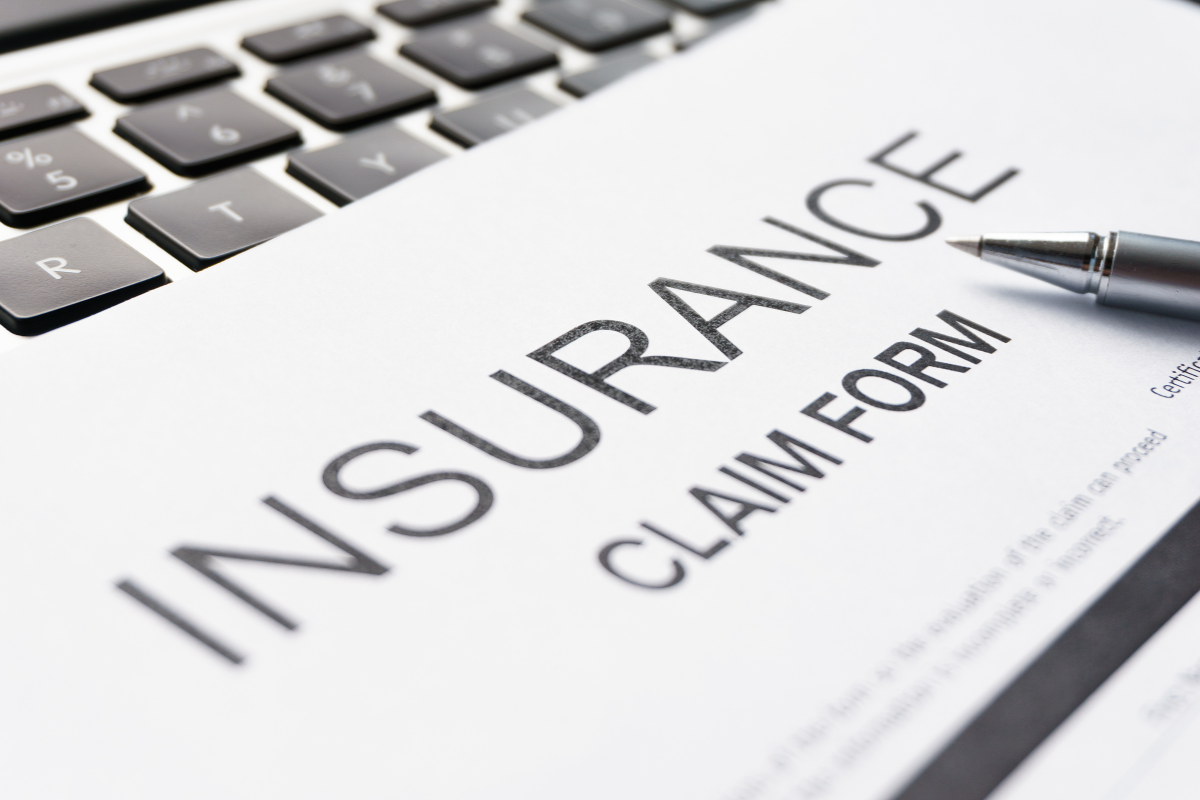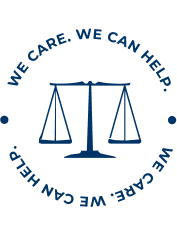In 2018, it is difficult to imagine life without electricity. In today’s modern society, electricity powers everything in our lives. Every day we rely on currents in the workplace, during travel and, of course, in the home. While most interactions with electricity happen without incident, electric shock can occur in any setting; including industrial and construction sites, manufacturing plants or even your own home. When someone is harmed by an electric shock, it is important to know what steps to take to help the injured person. In addition, you should be aware of the potential risks that come with aiding an electric shock victim and how to help without putting yourself in danger.
What is an electric shock?
If a person comes in to contact with an electrical energy source, electrical energy will flow through a portion of their body causing a shock. The electric current that passes through the body of a person who has experienced an electric shock can cause internal damage, cardiac arrest, burns, fractures and even death.
You will experience an electrical shock if part of your body completes an electrical circuit by:
Touching a live wire and an electrical ground, or
Touching a live wire and another wire at a different voltage.
The danger of electric shock depends on a variety of factors. First, the type of current the victim is exposed to, Altering Current or Direct Current. The pathway the electricity traveled through the body and how high the voltage is will also affect the level of potential dangers. Last, the person’s overall health and the amount of time it takes to treat the injured person will also influence the level of danger.
What do I do if I witness someone getting shocked?
Witnessing an electric shock can unsettle anyone. Knowing first aid treatment for electric shock in such a situation will help you keep calm for a better chance at successfully aiding the victim.
Call 911 immediately if the source of the burn is a high-voltage wire or if the following signs and symptoms occur:
Cardiac arrest
Heart rhythm problems
Respiratory failure
Muscle pain and contractions
Seizures
Numbness and tingling
Unconsciousness
Secure the environment following an electric shock injury
For most of us, our impulse is to rush over to the injured in an attempt to save them. However, taking those steps in this type of incident may only worsen the situation. Reacting without thinking can cause you to get an electrical shock. Remember that your own safety comes first. After all, you cannot help if you get electrocuted yourself.
Do not move a person who has been electrocuted unless they are in immediate danger. If they fell from a height or they sustained a severe shock, they may have sustained multiple injuries including a serious neck injury. It is best to wait for emergency medical professionals to arrive and avoid injuring the person further.
First, stop and look around at the area where the incident occurred to look for any obvious dangers. Don’t touch the injured person with your bare hands if they are still in contact with the electrical current because the electricity can flow through the victim and into you.
Don’t get near high-voltage wires until the power is turned off. If possible, shut off the electrical current as long as it is safe to do so. You may do this by shutting off the current at the power box, the circuit breaker or the fuse box.
If, and only if the electricity has been shut off, you want to try and separate the victim from the source. Once you are certain that there is no current, separate the victim from the source by using a non-conducting object such as a wooden stick or rubber mat.
First aid while waiting for medical help
Now that neither you nor the injured party are at risk of another electric shock try to prevent the victim from getting chills and going into shock. Cover the injured person in a blanket. It is best to wrap the person in a thermal blanket to try to keep the temperature regulated. Do not cover the body if there are wounds or untreated burns.
If the person is not moving and showing signs of circulation such as breathing, or coughing, begin CPR.
Burns
Apply a sterile gauze bandage to cover any burned areas to help protect the area from any further damage and lower the risk of infection. If you don’t have a gauze bandage, use a clean cloth but, don’t use a blanket or towel because the loose fibers can stick to the burns.
Bleeding
If the injured person is bleeding, apply direct pressure with a clean cloth to try to stop or slow blood loss. If the wound is in an arm of a leg, elevate it. If the cloth gets soaked with blood, don’t remove it. Instead, add more layers to it and continue pressing until the bleeding stops. Wrap the cloth in a bandage to secure it in place once the bleeding has stopped.
Talk to the victim to learn more about his or her state. You will be helping by relaying anything they say to the emergency services when they arrive.
Check for additional injuries
Someone who has suffered an electric shock might have minimal external evidence of injury or may have severe burns. For example, pain in a hand or foot may indicate a possible broken bone resulting from electric shock causing muscle contraction. Knowing of additional injuries will help get the victim treated sooner.
Do not try to provide first aid beyond your level of training.
Do I need treatment for electric shock injuries?
Electrical shocks always need medical attention regardless if the person seems to be alright after the shock. A person who has experienced a serious electrical shock becomes part of the electrical circuit which is why the patient will usually need an examination for entry and exit marks. These marks help determine the extent of the electric shock injury. For example, a burn on the left foot may mark the entrance point of electric shock while another usually less intense burn on the knee shows circuit electricity traveled from the foot to the knee. The medical professional will advise of further treatment for electric shock after the patient’s examination.
How The Carlson Law Firm can help
If you or a loved one have suffered an electric shock injury due to the negligence of another, you may be entitled to compensation. Don’t make your case an easy target for insurance companies to try and undervalue your claim. Here at The Carlson Law Firm, we have been helping personal injury victims obtain fair compensation for over 40 years. Our team of attorneys, on staff nurses and private investigators, are ready to heavily invest in your case and hold the responsible party accountable for your injuries. We are available 24 hours a day, seven days a week. Contact us today for a free consultation. We care, we can help.





